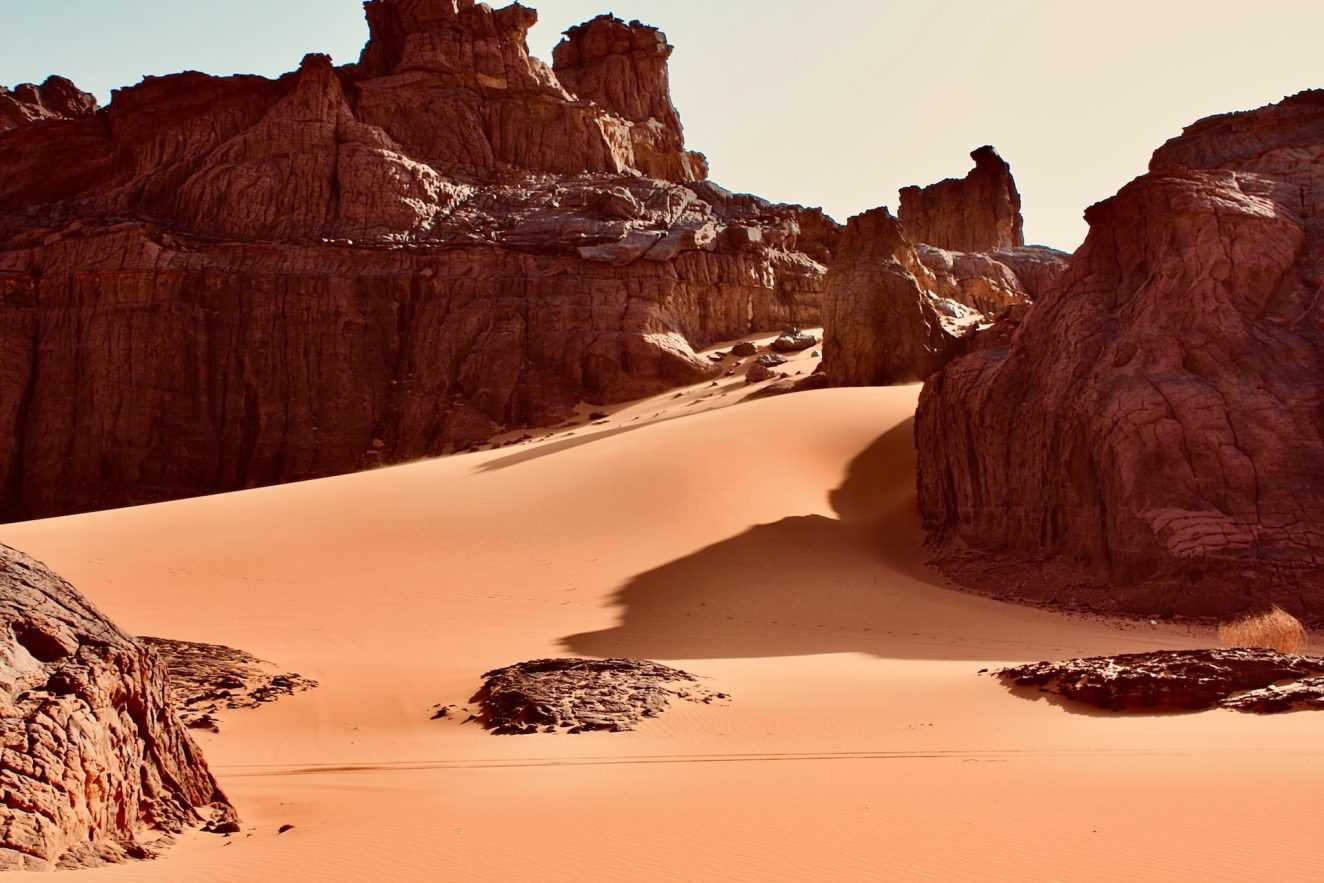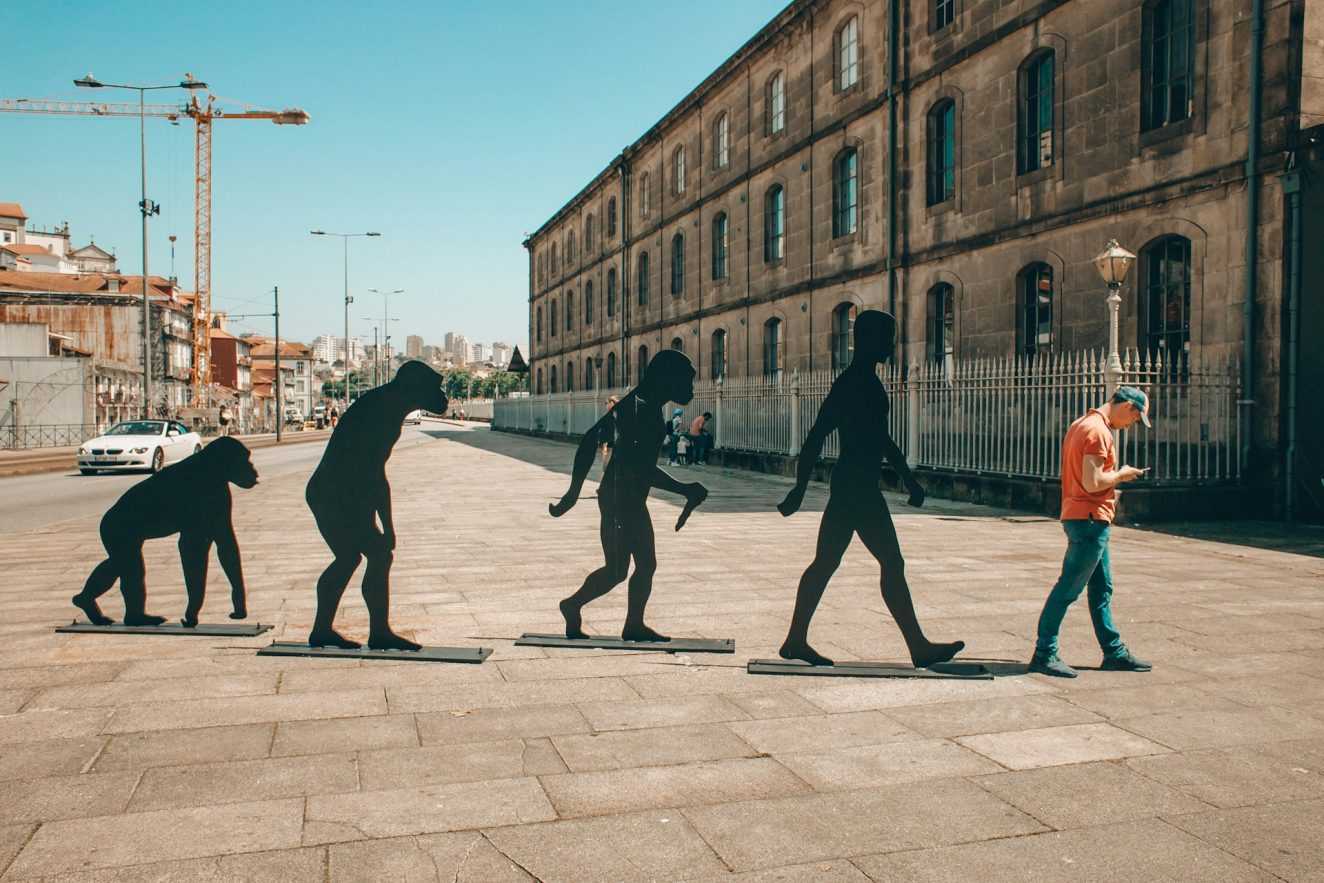Ever wondered what’s beneath your feet as you stroll along the beach or stand on a mountaintop? The answer lies deep within the Earth’s crust, where an incredible geological phenomenon is at work – tectonic plates. These giant puzzle pieces, constantly on the move, have been shaping our planet for billions of years.
In this blog post, we’ll embark on a journey to explore the captivating world of tectonic plates, how they impact our lives, and the incredible science behind their existence.
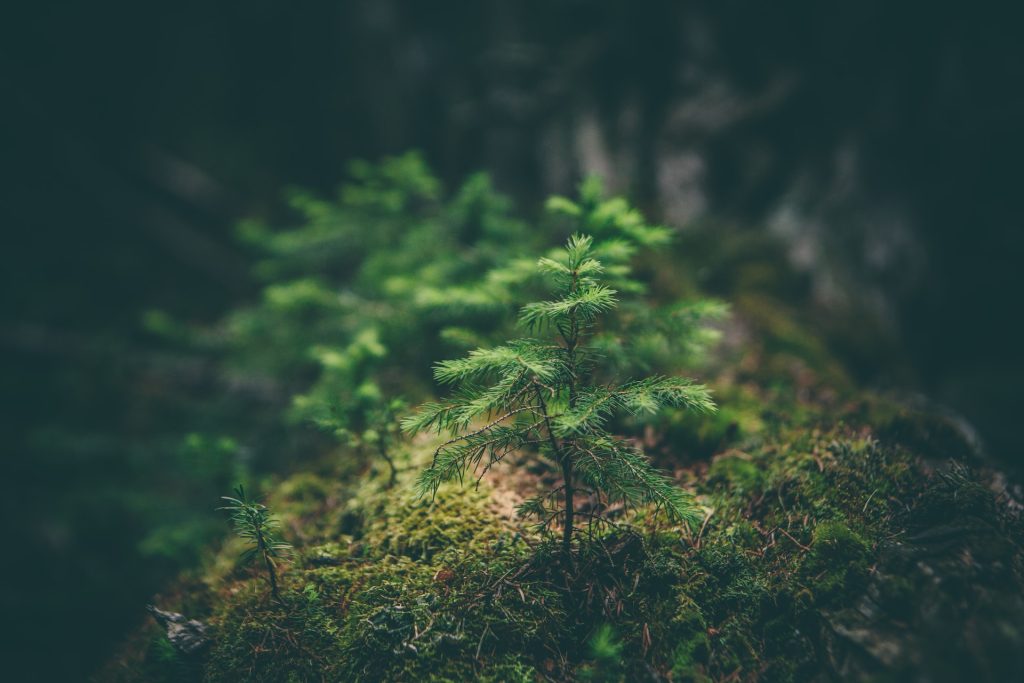
A Dynamic Earth’s Crust
Imagine standing on a gigantic jigsaw puzzle, and you’ll have a basic understanding of tectonic plates. These massive slabs, ranging from a few to hundreds of kilometers in thickness, make up the Earth’s outer shell. There are several major plates and numerous smaller ones, all of which float on the semi-fluid asthenosphere beneath them. It’s like a cosmic game of “musical chairs” happening right beneath us!
Plate Boundaries – Where the Action Happens
Tectonic plates don’t just sit there; they are constantly on the move, and the action happens along their boundaries. There are three primary types of plate boundaries:
Divergent Boundaries
Plates move away from each other, creating new oceanic crust. The mid-Atlantic Ridge is a classic example of this boundary, where new seafloor is born.
Convergent Boundaries
Plates collide, leading to the formation of mountain ranges, deep-sea trenches, and even volcanoes. The Himalayas were born from the collision of the Indian and Eurasian plates.
Transform Boundaries
Plates slide past each other horizontally, causing earthquakes. The San Andreas Fault in California is a famous example of a transform boundary.
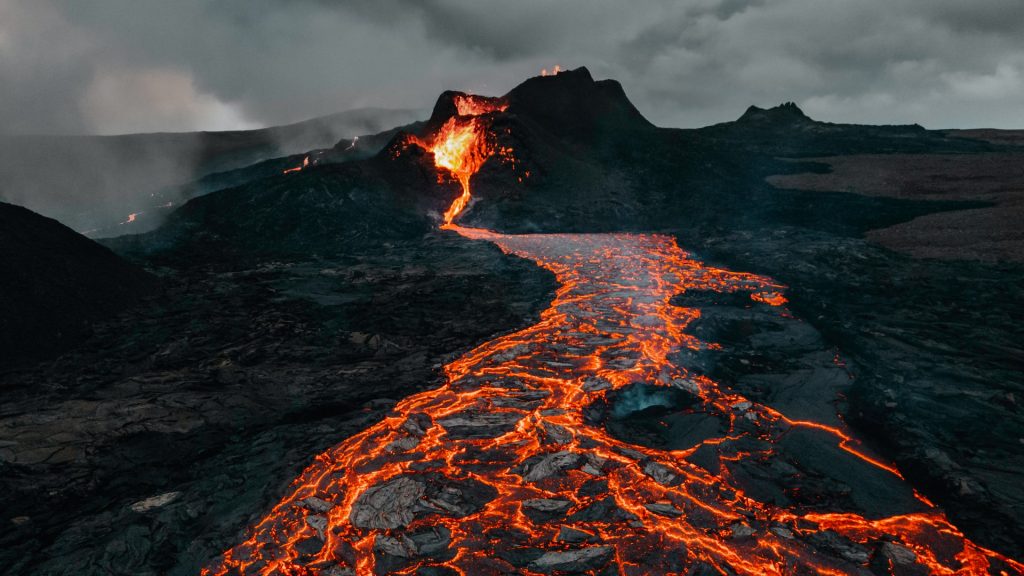
Earthquakes and Volcanoes – Nature’s Dramatic Expressions
When tectonic plates interact, they unleash some of the most dramatic events on Earth. Earthquakes are the result of plates slipping and releasing energy, while volcanoes occur when plates collide or pull apart, allowing molten rock to escape from beneath the surface. These geological phenomena can have profound impacts on human societies and the environment.
Shaping Our Continents and Oceans
Over geological time scales, the movement of tectonic plates has played a crucial role in shaping the continents and oceans. The supercontinent Pangaea once existed around 335 million years ago, but it has since broken apart and drifted to form the continents we know today. The Atlantic Ocean, for instance, continues to widen as the North American and Eurasian plates drift apart.
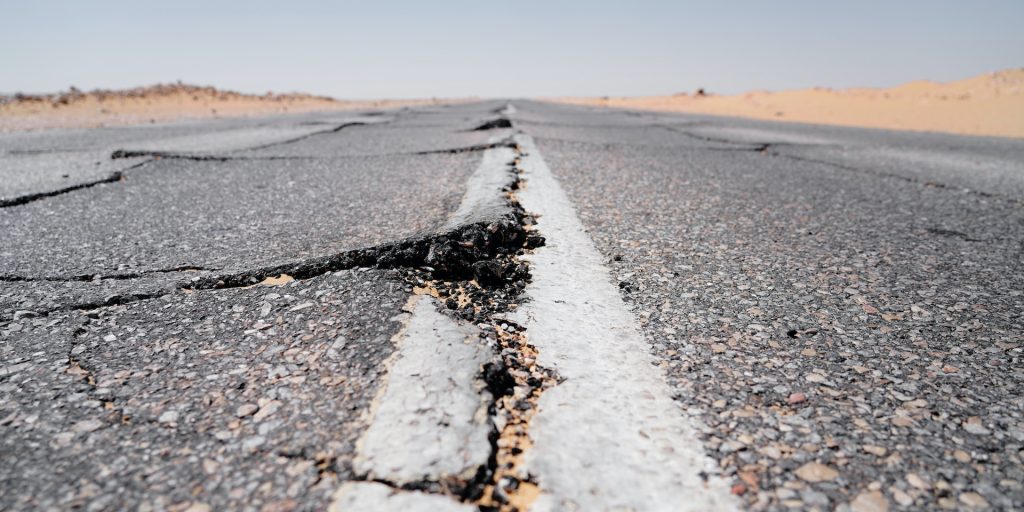
The Ring of Fire – A Volcanic Symphony
The Pacific Ocean is home to a ring of active volcanoes known as the “Ring of Fire.” This fiery circle is a direct result of the Pacific Plate colliding with and sliding beneath surrounding plates, creating a hotspot for volcanic activity. The Pacific Ring of Fire is a reminder of the ever-active and dynamic nature of tectonic plates.
Human Impact and Tectonic Plates
Understanding tectonic plate movements is essential for assessing and mitigating natural hazards like earthquakes and volcanic eruptions. Scientists use sophisticated technology to monitor plate movements and provide early warnings when necessary. Moreover, the movement of tectonic plates has shaped the distribution of resources, influencing human civilization and trade routes.

Tectonic plates are the unseen architects of our world, responsible for the landscapes we admire and the geological events that can both awe and challenge us. As we continue to explore the depths of Earth’s mysteries, let’s marvel at the intricate dance of these massive slabs beneath us and appreciate the science that unravels their secrets.
Tectonic plates are a reminder that our planet is constantly evolving, and there’s still so much to discover and learn from the world beneath our feet.

